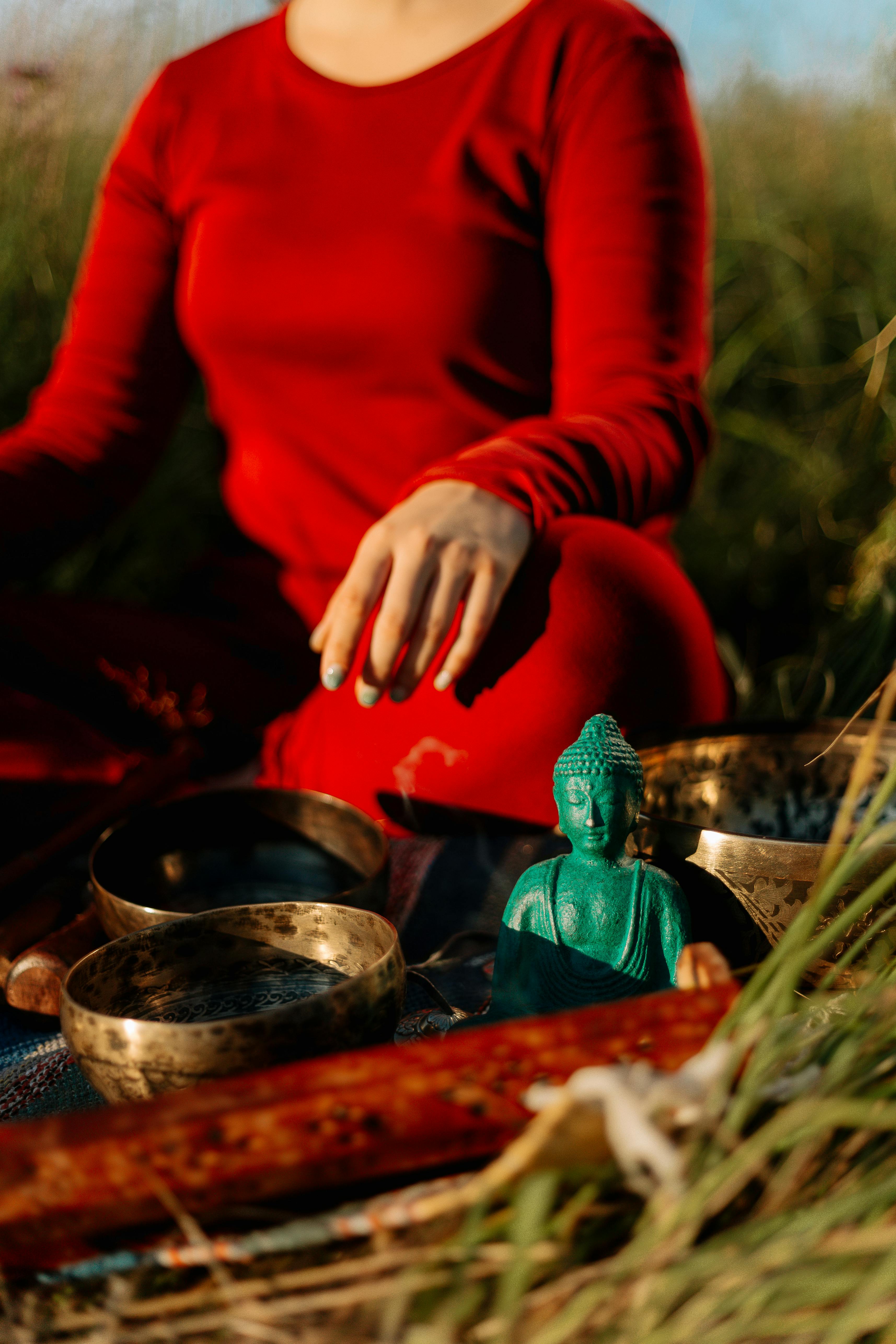Rediscovering Ayurvedic Beauty: A Deep Dive into Ancient Wellness Practices
Ayurvedic beauty, an age-old holistic self-care practice, is yet again capturing the attention of the modern world. Its roots trace back to the Indian Subcontinent, where it has been a cornerstone of wellness for over 5000 years. This article explores the rich history, current trends, and enduring impact of Ayurvedic beauty practices in the industry today.

A Journey Through Time: The Origins of Ayurvedic Beauty
Ayurveda, often referred to as the ‘science of life,’ is a comprehensive health system that takes into account the mind, body, and spirit. Its beauty aspect concentrates on the inner radiance, believing that true beauty comes from within. The practice uses nature-derived ingredients, like herbs, roots, and flowers, to create remedies for skin and hair care.
Historically, Ayurvedic texts such as Charaka Samhita and Sushruta Samhita outlined the principles of Ayurvedic beauty. These documents detailed the three doshas - Vata, Pitta, and Kapha - which are fundamental to understanding one’s Ayurvedic constitution. The balance of these doshas is crucial for maintaining overall health and radiance.
Ayurvedic Beauty in the Contemporary Context
Today, Ayurvedic beauty has been rediscovered and adapted to fit modern contexts. This resurgence is driven by a global shift towards natural, organic, and sustainable self-care products. Consumers are becoming more conscious of the ingredients in their beauty products and their impact on the environment.
Experts like Dr. R. Vasudevan, an Ayurvedic practitioner, suggest that the trend towards Ayurvedic beauty is part of a broader movement towards holistic wellness. “People are seeking non-invasive, natural solutions to their beauty concerns,” he says. “Ayurvedic beauty offers that, coupled with a history of proven results.”
The Ayurvedic Beauty Arsenal: Key Ingredients and Practices
Ayurvedic beauty routines incorporate a variety of natural ingredients, each with unique benefits. Turmeric, for instance, is renowned for its anti-inflammatory and antioxidant properties. It’s often used in face masks to reduce skin inflammation and enhance glow. Neem, a powerful antibacterial, is used to treat acne and other skin conditions.
One of the signature practices in Ayurvedic beauty is Abhyanga, a self-massage technique using warm oil. It’s believed to nourish the skin, improve circulation, and eliminate toxins from the body.
The Impact: Ayurvedic Beauty in the Global Market
The global beauty industry has seen a surge in Ayurvedic products, with major brands incorporating Ayurvedic ingredients into their products. Market research suggests that the Ayurvedic product segment is projected to grow at a compound annual growth rate of 9.8% from 2021 to 2028.
This growth is not just limited to product sales. Ayurvedic beauty philosophies are reshaping consumer attitudes, promoting a shift from superficial beauty to holistic wellness.
Final Thoughts: The Future of Ayurvedic Beauty
As we move forward, it’s clear that Ayurvedic beauty will continue to play a significant role in the beauty and wellness industry. Its focus on natural ingredients, holistic wellness, and sustainability aligns with the growing consumer demand for responsible and mindful self-care practices.
While Ayurvedic beauty has a rich history, its future looks equally promising. As more people discover its benefits, we can expect to see a continued resurgence of this ancient wellness practice, offering us a path to beauty that is as much about inner radiance as it is about outward appearance.





